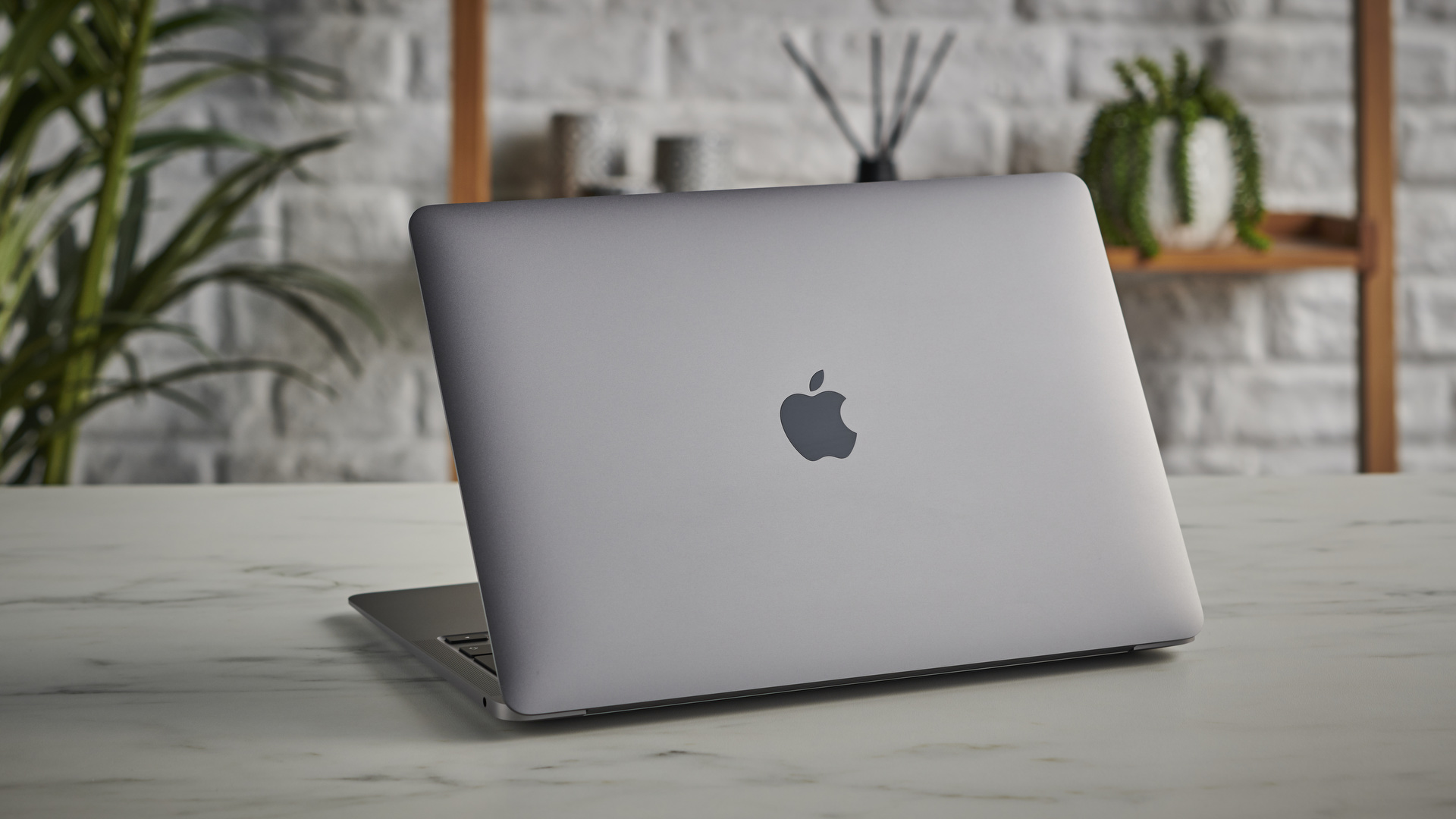Apple’s M1 chip embarrasses Microsoft’s Surface Pro X by running Windows 10 on ARM much faster
M1 > SQ2… and by a big margin

Windows 10 on ARM actually runs faster – a lot faster – on Apple’s new M1 ARM-based chip than it does on Microsoft’s rival SQ2 ARM CPU which powers the Surface Pro X.
This feat was achieved by developer Alexander Graf (as spotted by Notebookcheck), who tweeted at length about the results, and some Geekbench 5 results were provided (by other Twitter denizens) to illustrate the difference between the Apple and Microsoft ARM processors.
Who said Windows wouldn't run well on #AppleSilicon? It's pretty snappy here 😁. #QEMU patches for reference: https://t.co/qLQpZgBIqI pic.twitter.com/G1Usx4TcvLNovember 26, 2020
Graf notes that he used virtualization (so this wasn’t emulation) via QEMU (plus some patches) to get Windows 10 on ARM running on the M1 chip. Graf said: “It’s native ARM. Running the Windows ARM64 Insider Preview virtualized through Hypervisor framework. No emulation involved.”
- Everything you need to know about macOS Big Sur
- Apple M1 chip: performance and specs
- All the best Macs to buy this year
Using this setup, Apple’s M1 managed to hit around 1,300 in single-core on Geekbench 5, and about 5,400 or so in multi-core. Microsoft’s Surface Pro X, on the other hand, pitches in at about 800 and 3,000 respectively, so it’s not just a bit slower, but a lot slower at running Microsoft’s own OS here.
M1 magic
Obviously that’s a tad embarrassing for Microsoft, but then the M1 is a cutting-edge piece of silicon, and perhaps more to the point, the results underline this, and how far forward Apple has pushed with this chip which powers its new MacBooks (both Air and Pro, plus let’s not forget about the revamped Mac mini PC).
We’ve been very impressed with the performance of Apple’s new hardware ourselves, and indeed the MacBook Air (M1, 2020) took the top spot on our list of best laptops upon its release – it’s that good.
The M1 machines use Rosetta 2 tech to effectively translate applications written for Intel chips (in existing MacBooks) so they can run on the new ARM hardware, and this works very well. In our review of the new Air, we tried both older and new apps coded for Intel CPUs, and they worked fine running on the M1 with no noticeable difference in performance levels.
Get daily insight, inspiration and deals in your inbox
Sign up for breaking news, reviews, opinion, top tech deals, and more.
Remember also that the successor to the M1, which could be called the M1X, is purportedly already in the pipeline too...
- Check out all the best laptops around
Darren is a freelancer writing news and features for TechRadar (and occasionally T3) across a broad range of computing topics including CPUs, GPUs, various other hardware, VPNs, antivirus and more. He has written about tech for the best part of three decades, and writes books in his spare time (his debut novel - 'I Know What You Did Last Supper' - was published by Hachette UK in 2013).